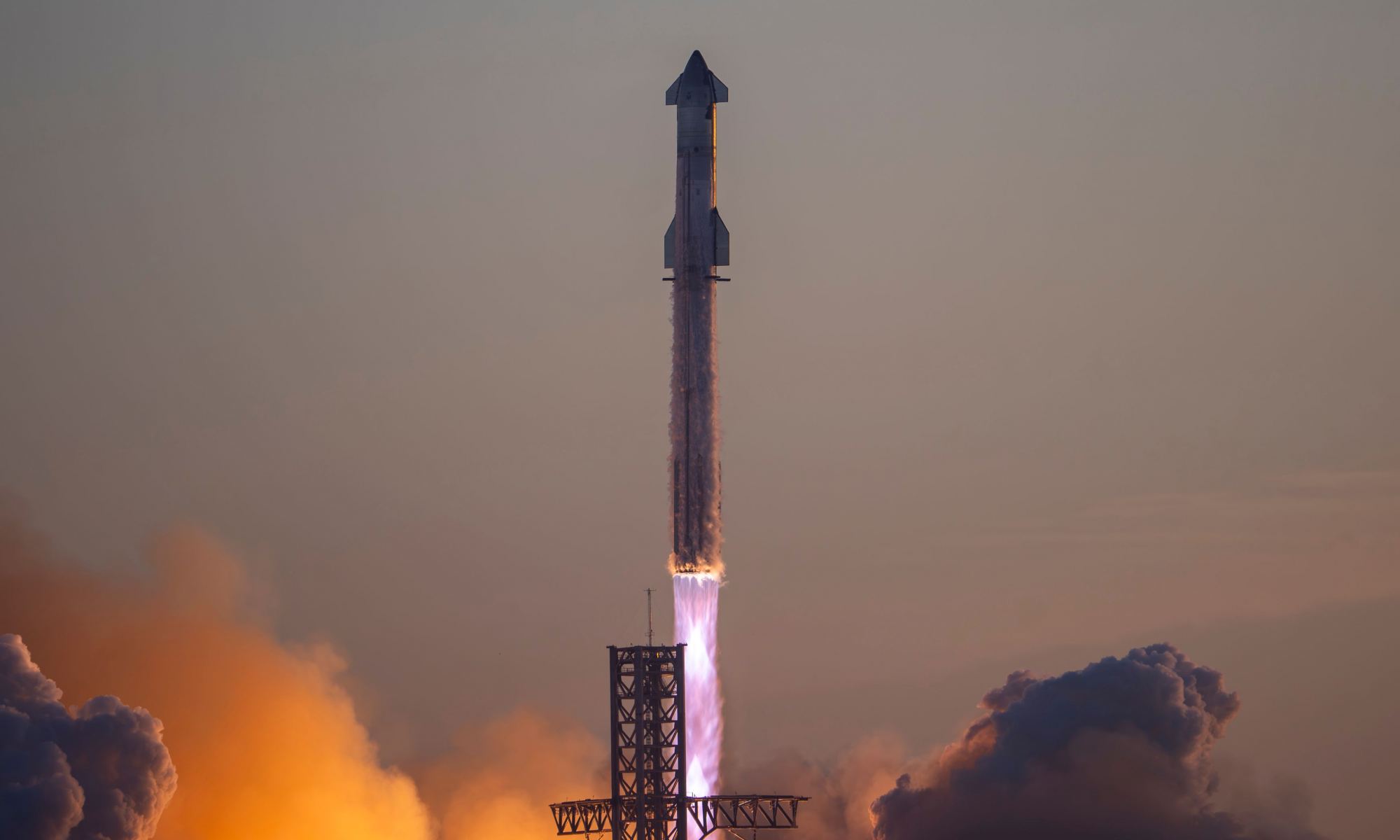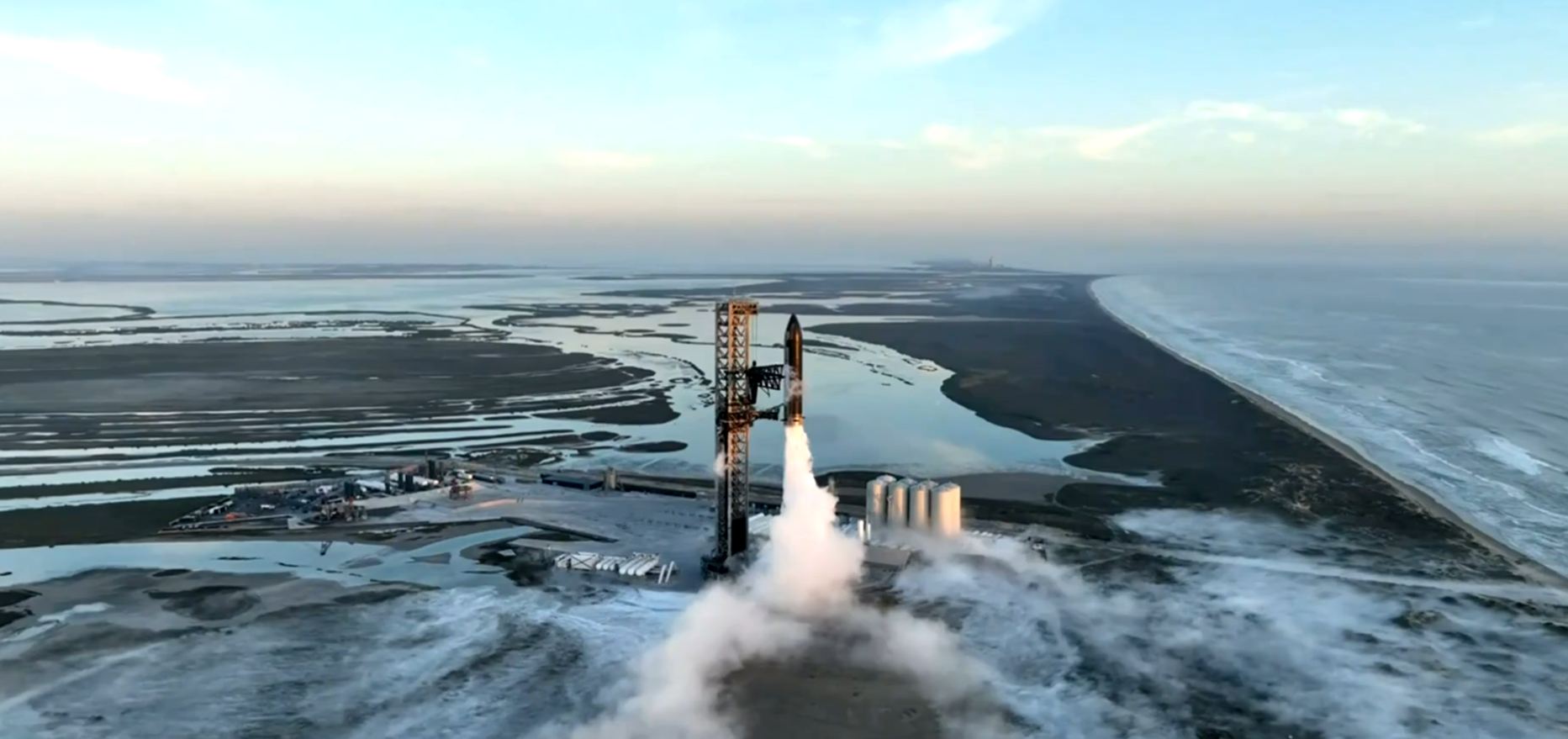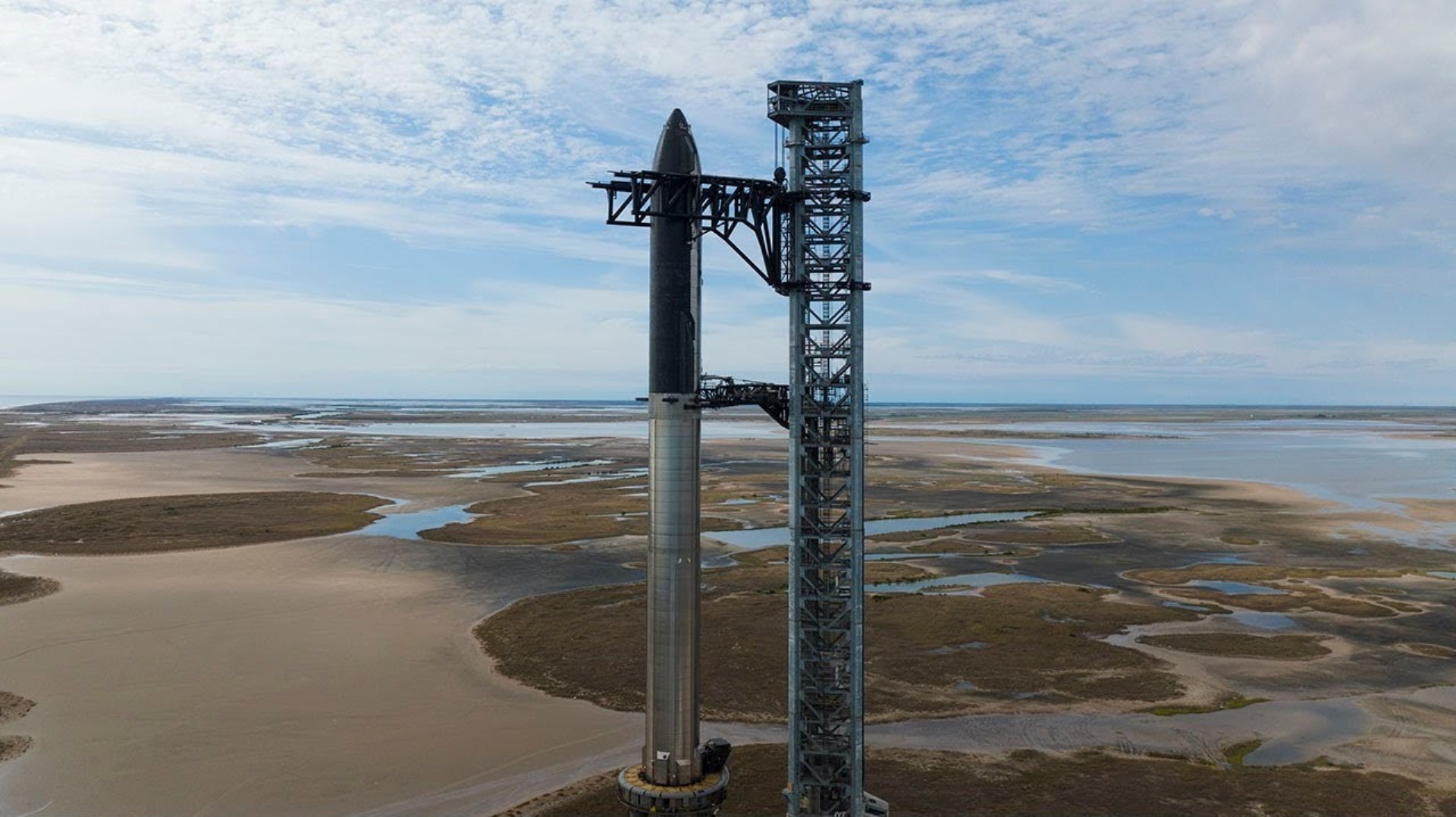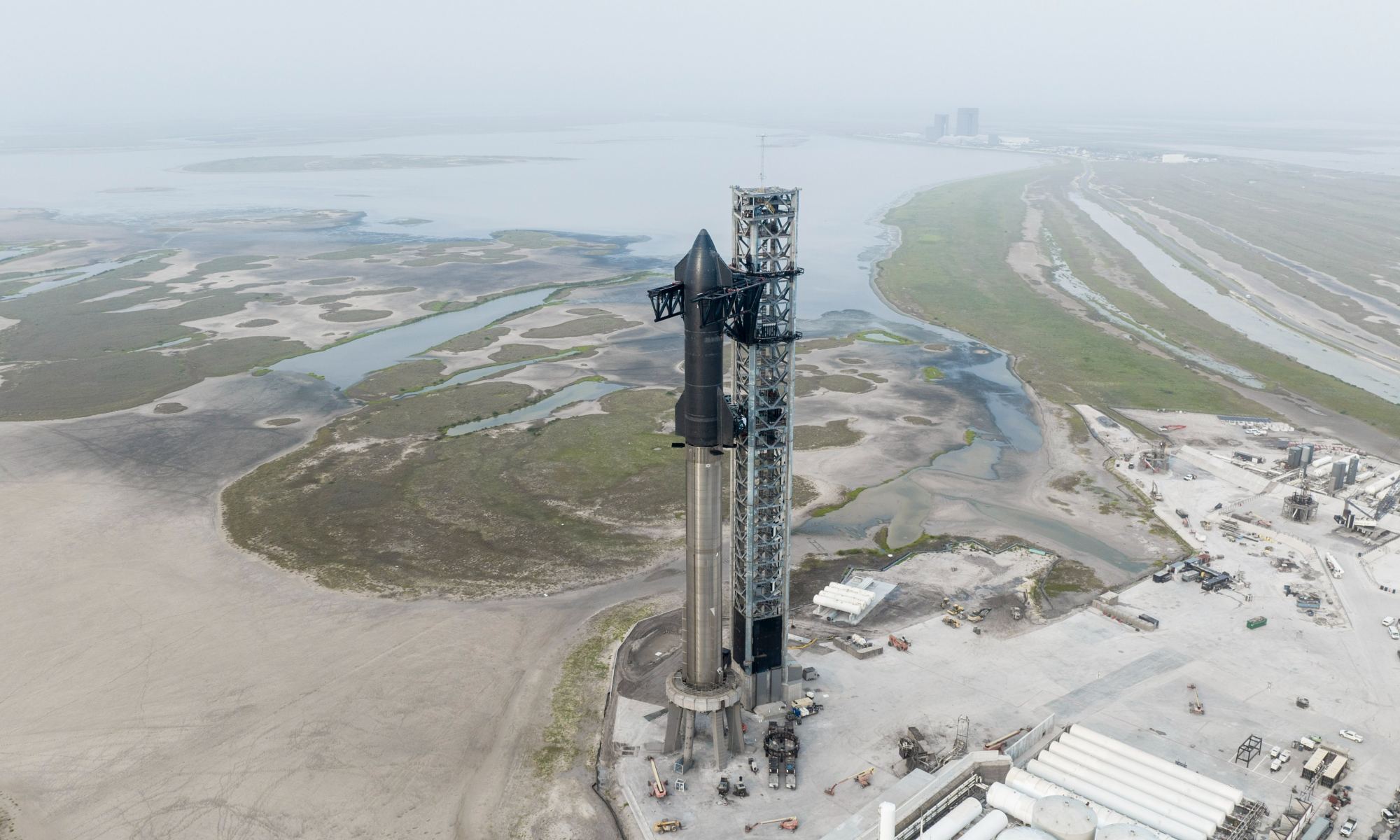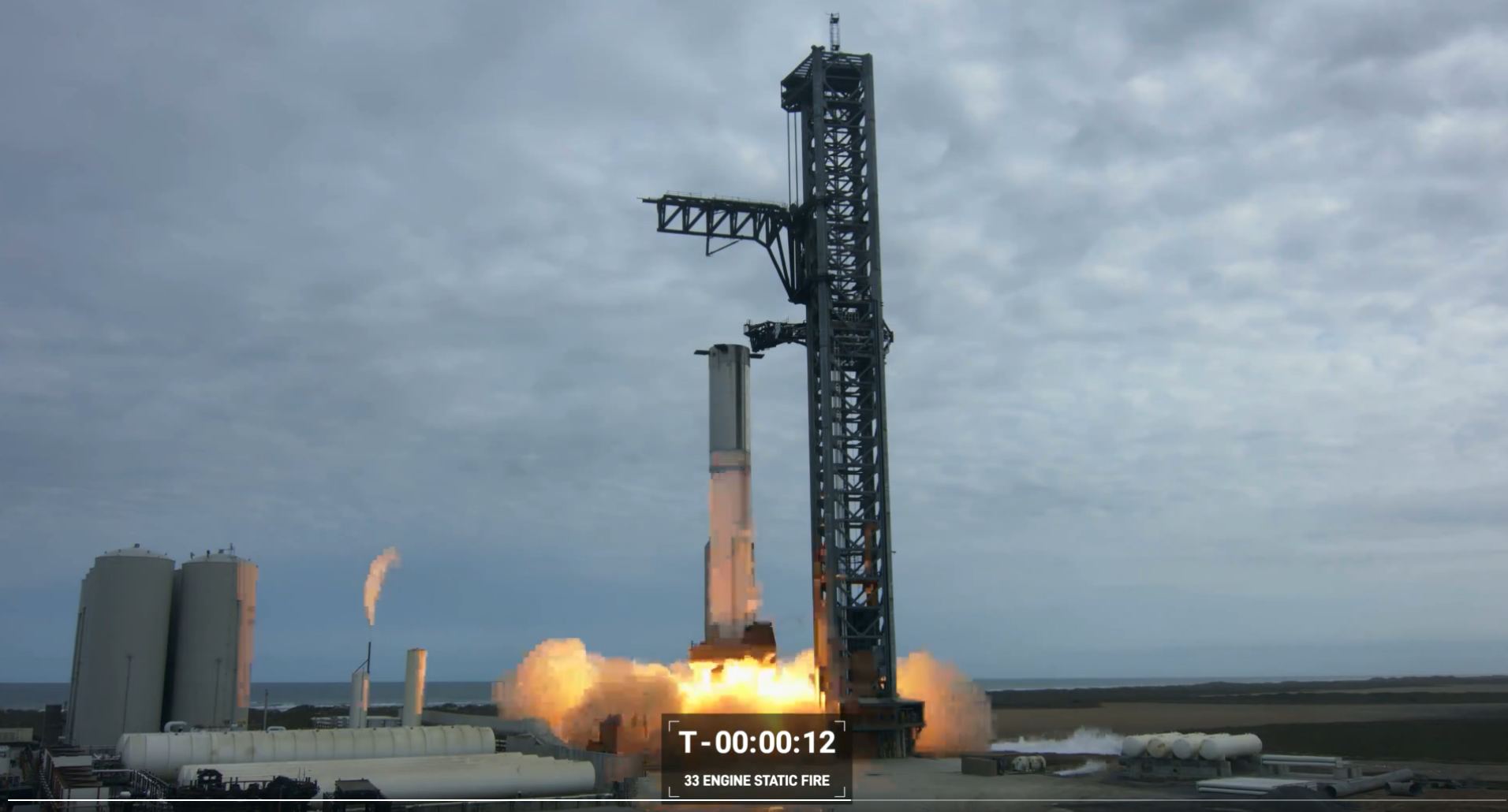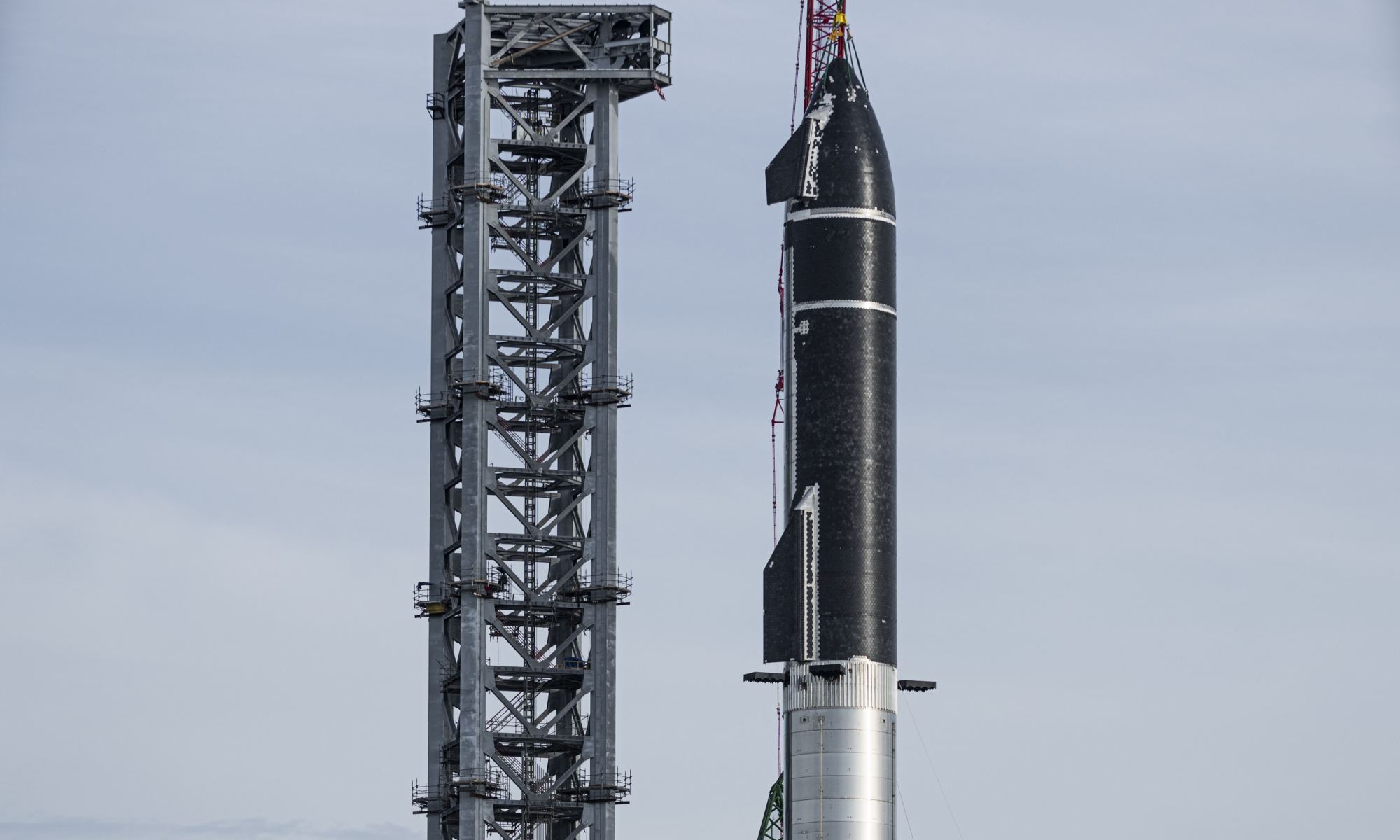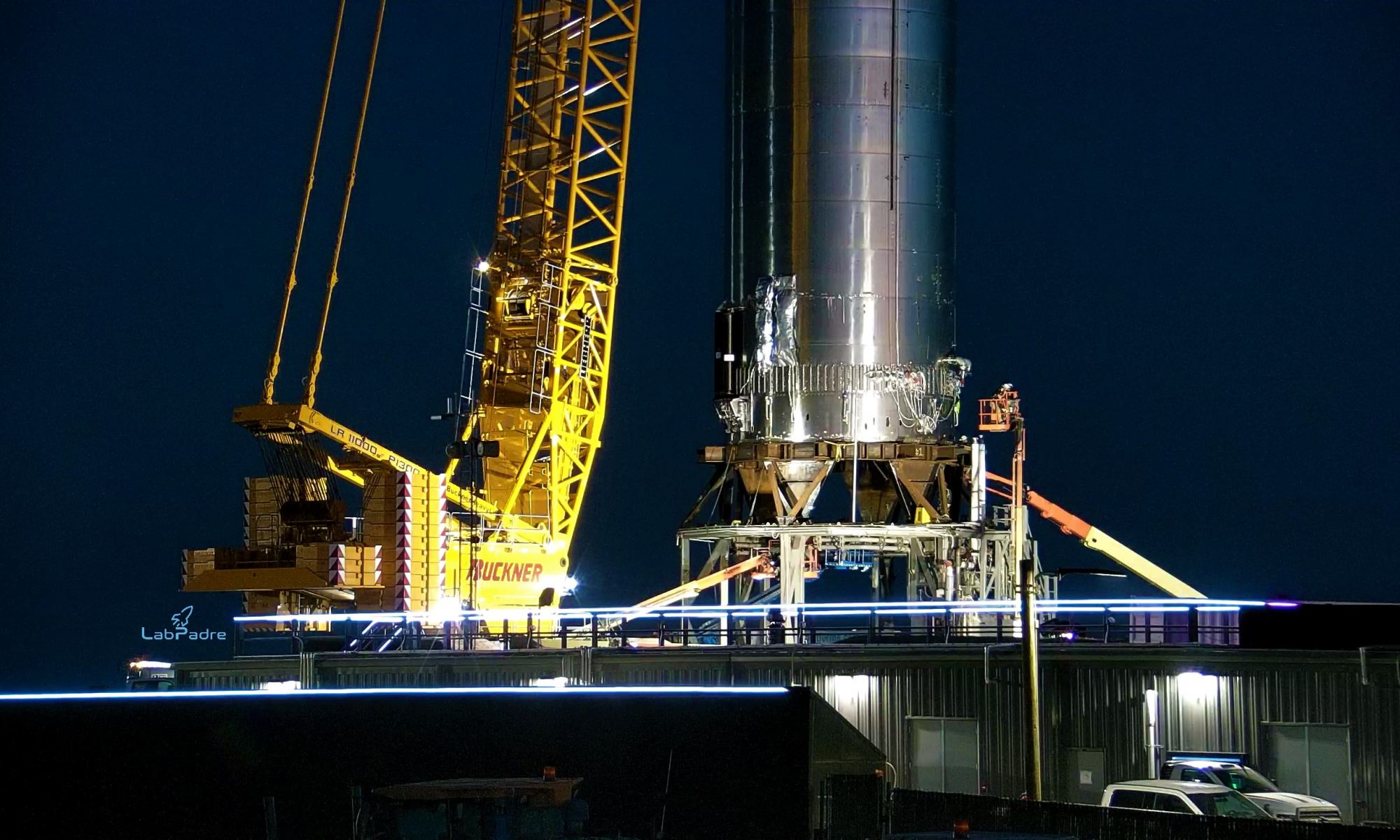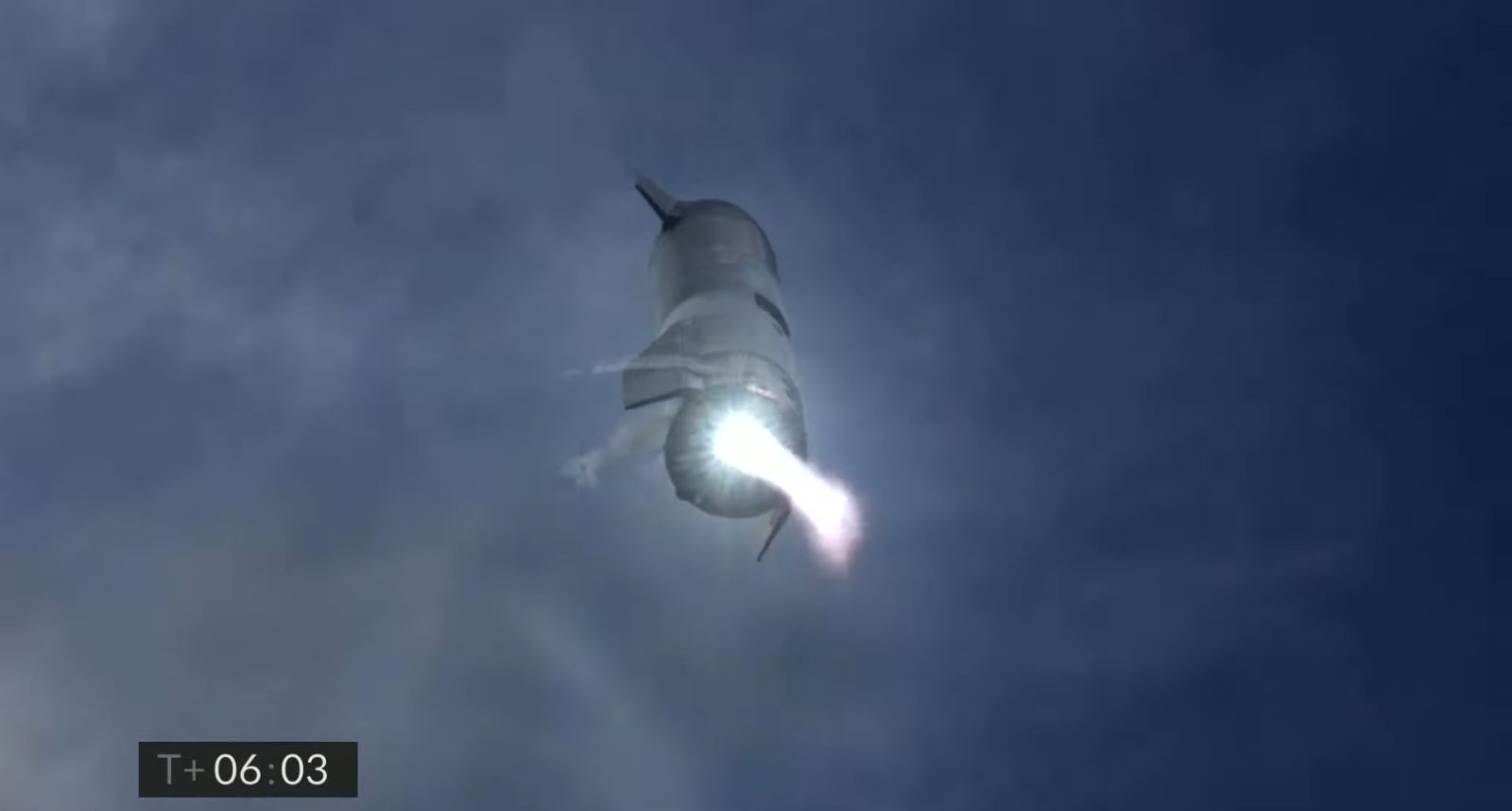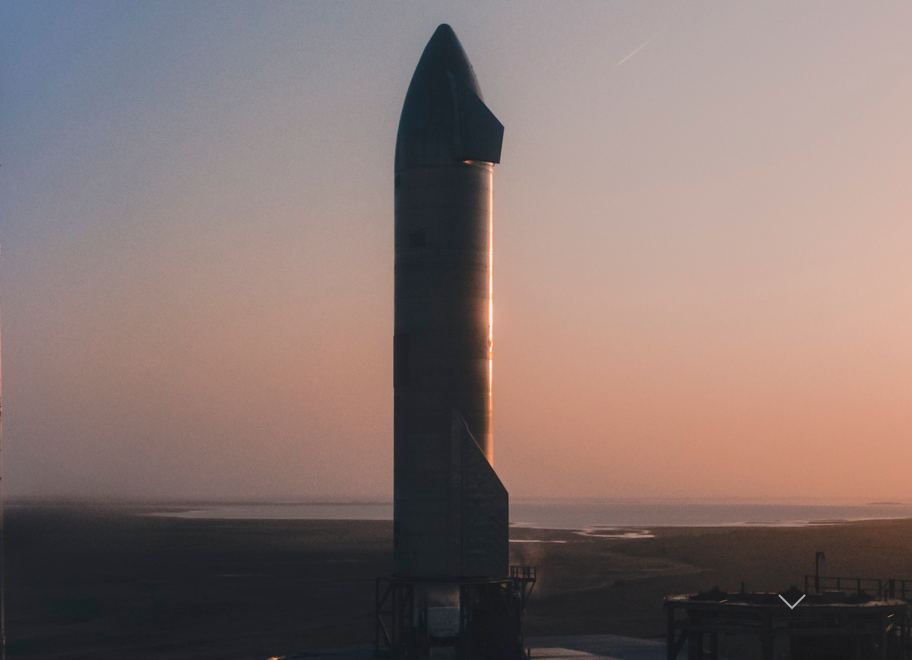The Starship/Super Heavy is the world’s first fully reusable launch system and the most powerful rocket in history. It is also the key to fulfilling SpaceX’s long-term vision of broadband satellite internet, delivering crews and cargo to the lunar surface, and creating the first self-sustaining city on Mars. After years of development, design changes, and “hop tests” at the company’s launch facility near Boca Chica, Texas, orbital test flights finally began in April last year. The first two flights ended in the loss of both vehicles, though the second flight saw the Starship prototype reach orbit.
According to a recent statement from the company, Flight Test-3 (FT-3) could be happening as soon as Thursday, March 14th, pending approval of the Federal Aviation Administration (FAA). The event will be covered in a live webcast streaming on the company website and SpaceX’s official X (Twitter) account.
Continue reading “SpaceX is Gearing Up for the Starship’s Third Orbital Test Flight”
